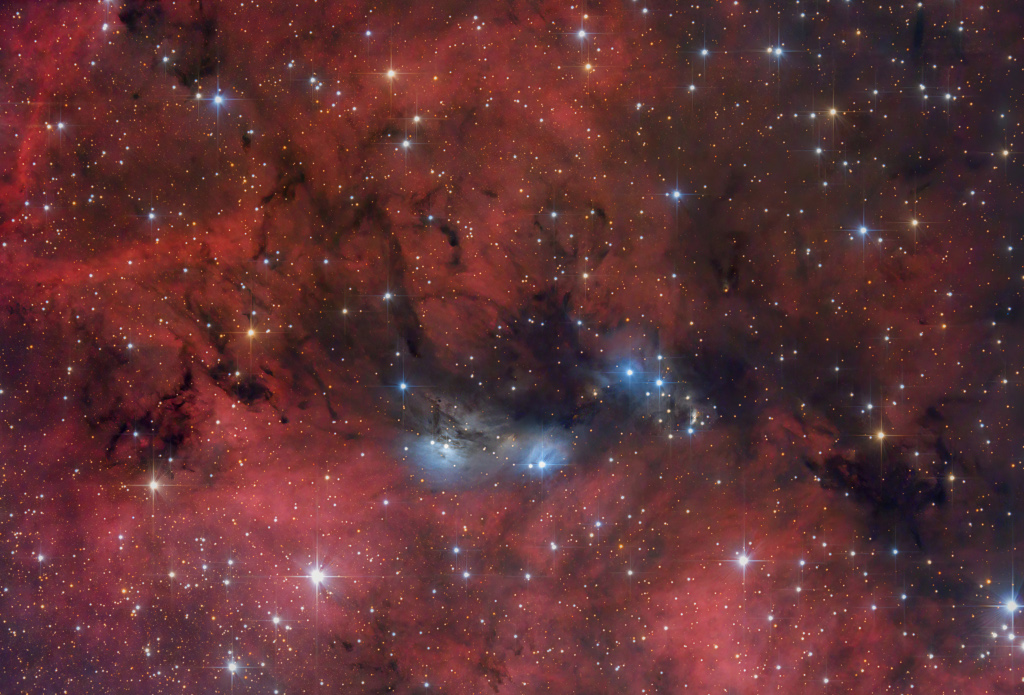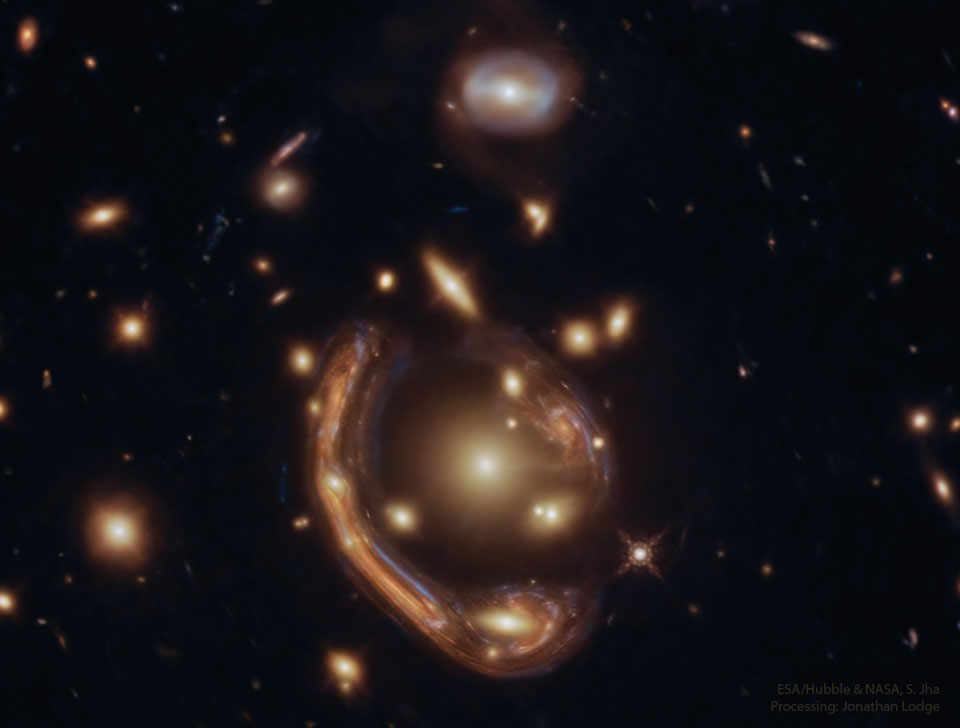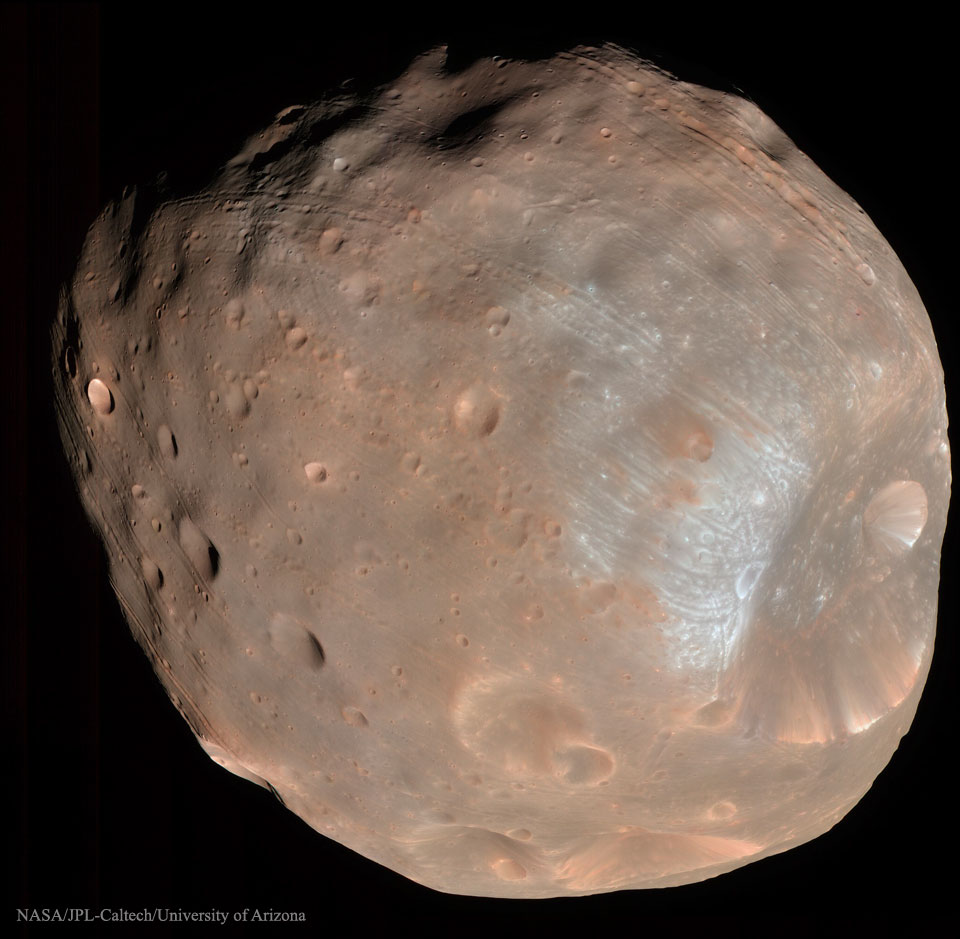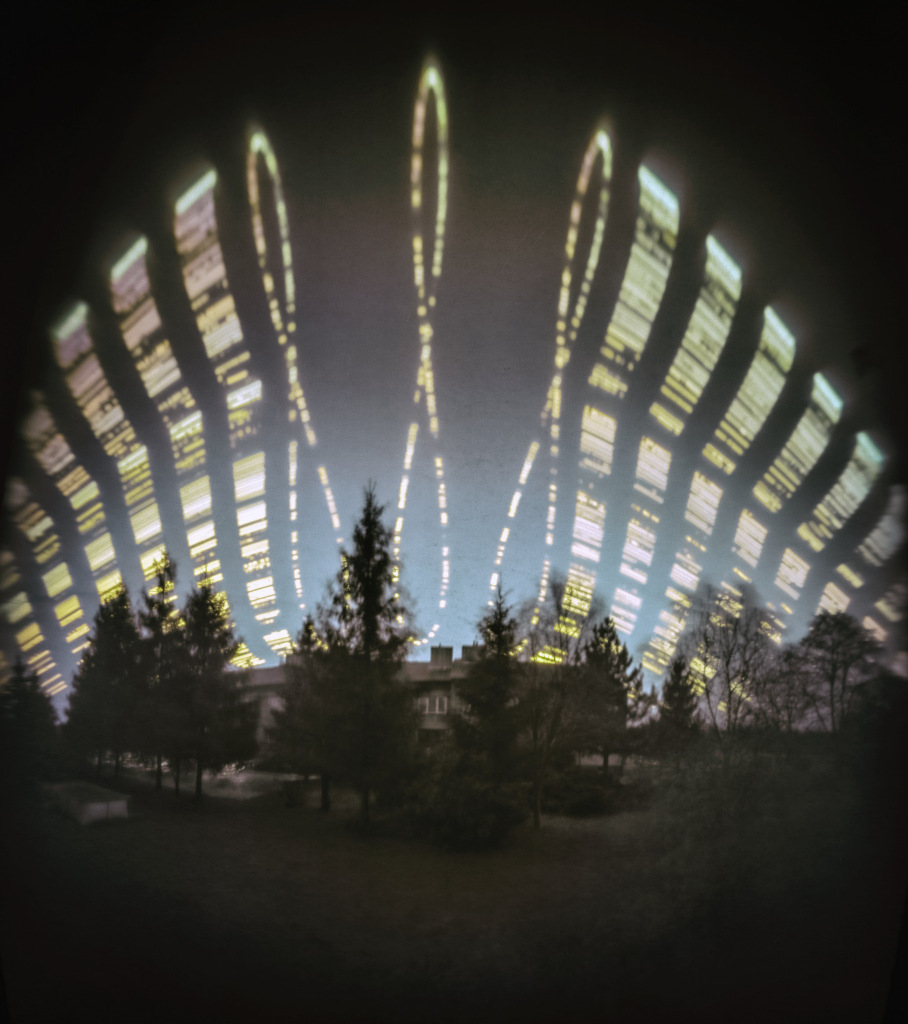Image Credit & Copyright: Marcella Giulia Pace
Explanation: With roots on a rotating planet, an old tree is centered in this sequence of 137 exposures each 20 seconds long, recorded one night from northern Sicily. Digital camera and fisheye lens were fixed to a tripod to capture the dramatic timelapse, so the stars trailed through the region's dark sky. Of course that makes it easy to spot the planet's north celestial pole. The extension of Earth's axis of rotation into space is toward the upper left, at the center of the concentric star trail arcs. The Milky Way is there too. The plane of our galaxy stretches across the wide field of view from north to east (left to right) creating a broader luminous band of diffuse starlight.









